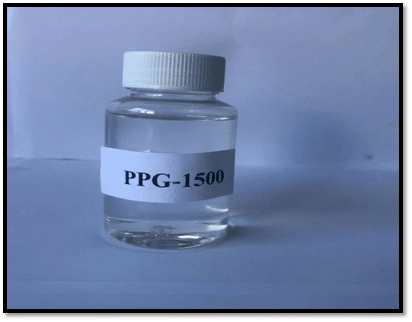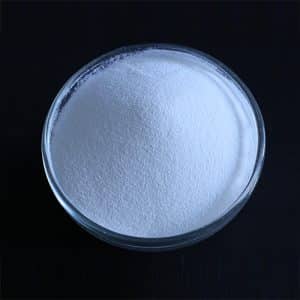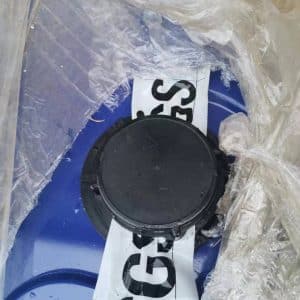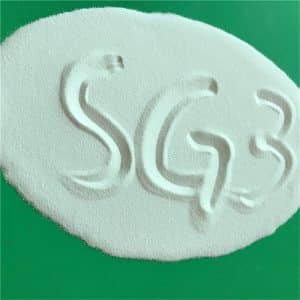Description
Propylene Glycol: The Unsung Hero of Everyday Life
You might not recognize the name, but propylene glycol (PG) is likely a silent player in many aspects of your daily routine. This versatile synthetic liquid is found in everything from the food you eat to the skincare products you use, playing a crucial role that often goes unnoticed. But what exactly is propylene glycol, and why is it so ubiquitous?
What is Propylene Glycol?
Propylene glycol is a colorless, odorless, and slightly viscous liquid that is a synthetic organic compound. Chemically speaking, it’s a diol, meaning it has two alcohol groups attached to its molecular structure. It’s often confused with ethylene glycol, another diol most famously known for its use as antifreeze, but the two are quite different in terms of toxicity and applications.
Key Properties of Propylene Glycol:
Hygroscopic: PG is highly hygroscopic, meaning it readily absorbs moisture from the air. This property makes it an excellent humectant.
Low Viscosity: It’s a relatively thin liquid, making it easy to handle and blend.
Good Solvent: PG can dissolve a wide range of substances, including many organic compounds.
Low Toxicity: Compared to ethylene glycol, PG is considered to be relatively low in toxicity and is generally recognized as safe (GRAS) by the FDA for use in food and other applications.
Freezing Point Depressant: PG has a lower freezing point than water, which is why it’s used as an antifreeze in some applications.
A World of Applications:
The unique combination of properties makes propylene glycol incredibly versatile. Here’s a glimpse into its diverse applications:
Food Industry: PG acts as a humectant to retain moisture in baked goods, candies, and processed foods. It’s also used as a solvent for flavorings and food colors. You’ll often find it in products like cake mixes, soft drinks, and salad dressings.
Personal Care Products: PG is a popular ingredient in many cosmetics and personal care items, including lotions, creams, shampoos, and deodorants. Its humectant properties help keep skin and hair moisturized. It also acts as a solvent for other ingredients and can improve the texture and application of products.
Pharmaceuticals: PG is used as a solvent, stabilizer, and humectant in various pharmaceutical preparations, including oral solutions, topical creams, and injectables.
Industrial Applications: PG is used in the production of polyester resins, antifreeze, and de-icing fluids. It’s also found in paints, coatings, and cleaning products.
E-Cigarettes: Propylene glycol is a major component of e-cigarette liquids, where it serves as a carrier for nicotine and flavorings. This application has become increasingly controversial and warrants further discussion.
Animal Feed: PG is used as a source of energy for livestock and can also help with digestive issues.
Safety Considerations:
Propylene glycol is generally regarded as safe for human consumption and topical use at commonly encountered concentrations. The FDA classifies it as GRAS, meaning it is considered safe for its intended purposes. However, like any substance, there are some safety considerations to be aware of:
Allergic Reactions: While rare, some individuals may experience allergic reactions to PG, such as skin irritation or rash.
E-Cigarette Concerns: The use of PG in e-cigarettes has raised concerns about potential respiratory health effects, particularly with long-term exposure. More research is needed in this area.
Ingestion in Large Doses: Ingesting very large amounts of PG can lead to central nervous system depression and other health issues. However, such exposures are highly unlikely under normal circumstances.
Conclusion:
Propylene glycol is a versatile and valuable synthetic compound with a wide range of applications. Its properties as a humectant, solvent, and stabilizer make it an essential ingredient in various industries. While generally considered safe for its intended uses, it’s important to be aware of potential, albeit rare, allergic reactions and the ongoing debate surrounding its use in e-cigarettes. As we move forward, understanding the properties and implications of substances like propylene glycol is crucial for both informed consumer choices and ongoing scientific research.
This article provides a good overview of propylene glycol. Let me know if you’d like me to expand on any specific area, such as the e-cigarette debate or the chemical properties of PG!







Reviews
There are no reviews yet.